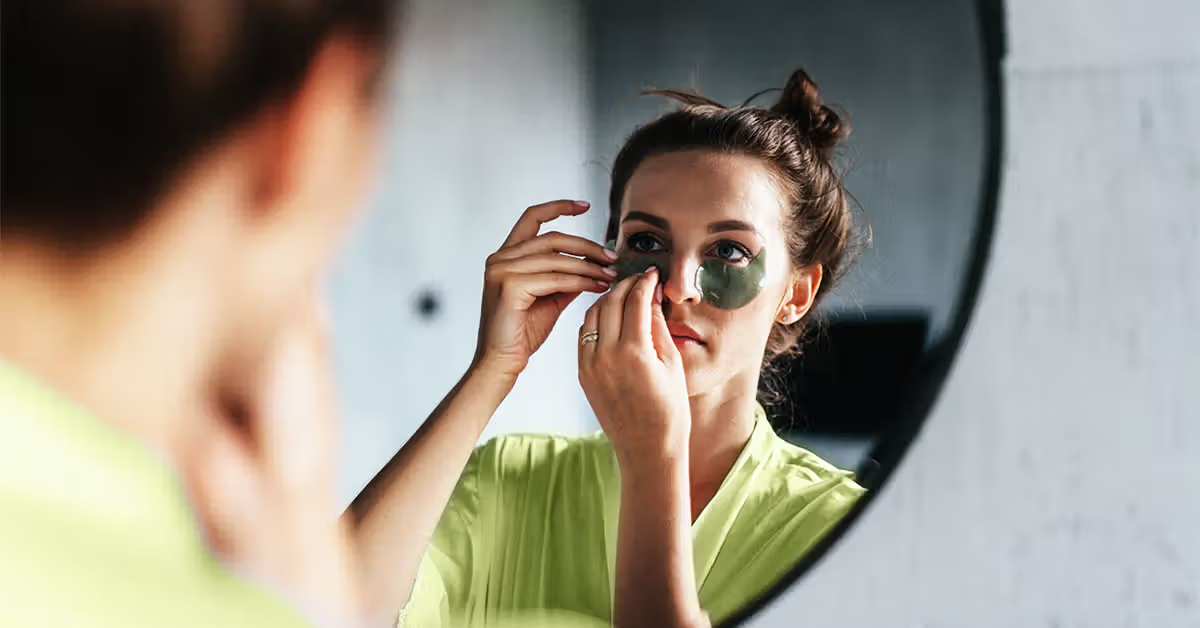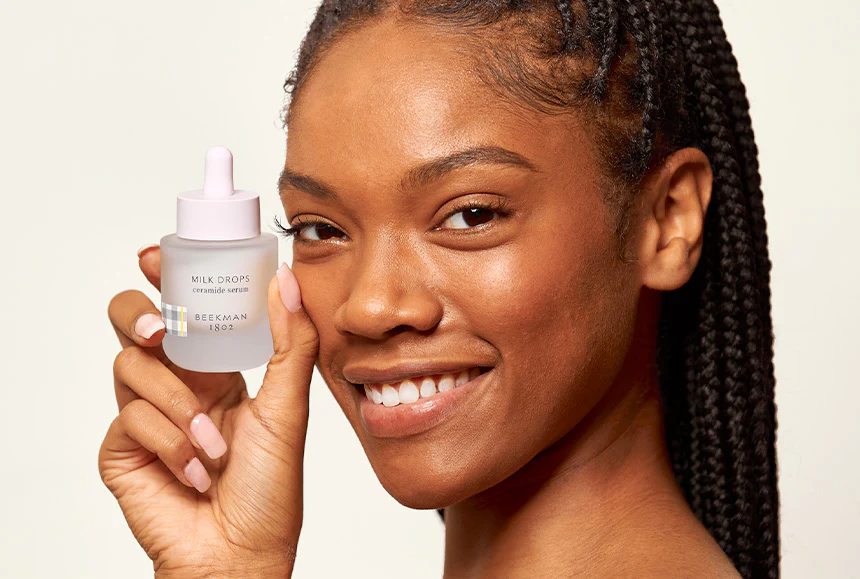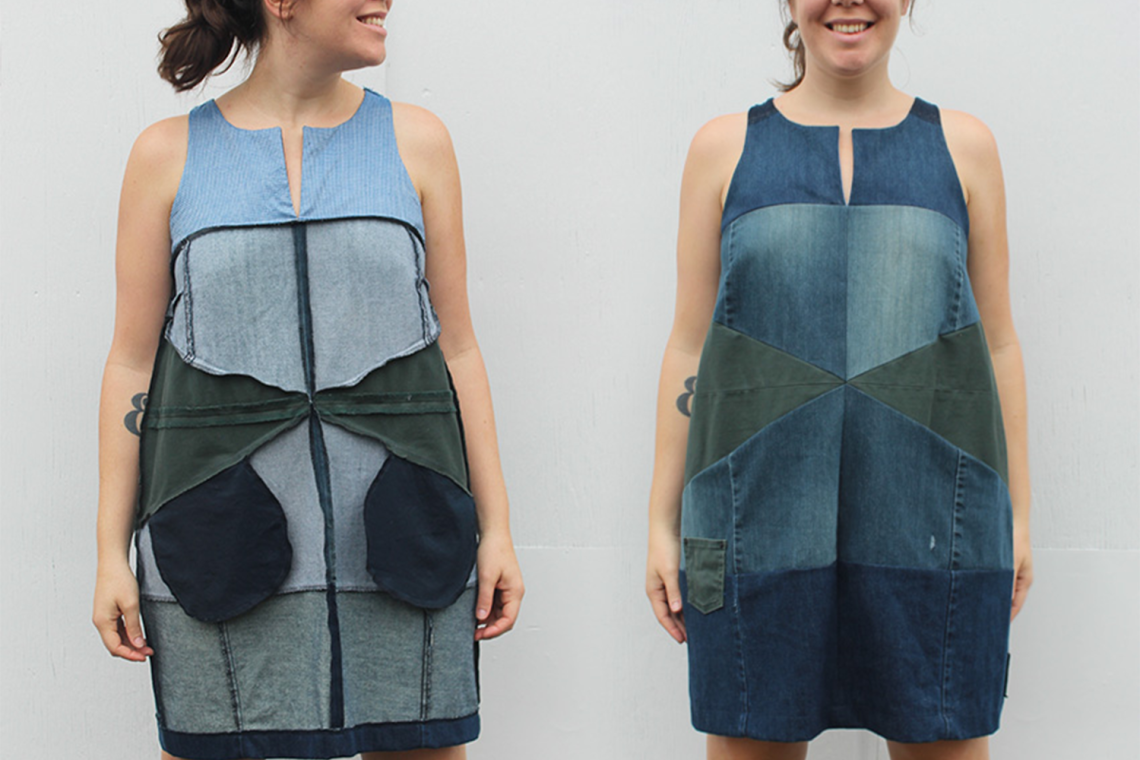Fashion is far more than fabric, color, and style — it’s a powerful language of identity. The clothes we wear often reveal how we feel, what we value, and who we aspire to be. Self-expression dressing is all about using personal style to tell your story authentically, every single day.
In a world that constantly evolves with trends and fast fashion, the ability to dress in a way that reflects your individuality is more important than ever. This article explores how to use fashion as a form of self-expression, how your emotions influence what you wear, and how to build a wardrobe that feels like you.
What Is Self-Expression Dressing?
Self-expression dressing is the art of choosing clothing that reflects your personality, mood, and beliefs. Instead of dressing purely for function or to fit in, it’s about dressing to stand out and show the world who you are inside.
This approach encourages creativity, confidence, and authenticity — whether your style leans toward classic minimalism, bohemian flow, bold streetwear, or an eclectic mix of everything.
It’s not about copying influencers or following the latest runway trend; it’s about curating a wardrobe that aligns with your inner world.
Why Self-Expression Dressing Matters
Your outfit is one of the first things people notice about you — but more importantly, it’s something you notice about yourself. The way you dress can influence your confidence, productivity, and emotional well-being.
When you wear something that feels right, your posture straightens, your energy shifts, and you carry yourself differently. Dressing for self-expression helps you:
- Boost confidence: Wearing clothes that align with your true self strengthens your sense of identity.
- Enhance creativity: Exploring colors, textures, and styles allows you to experiment artistically.
- Improve mood: Your clothing choices can elevate your emotional state and self-perception.
- Promote authenticity: You’re no longer dressing for others — you’re dressing for you.
Understanding Your Personal Style
Before you can express yourself through fashion, you need to understand your personal aesthetic. Here are steps to discover it:
- Assess your current wardrobe: Notice which pieces make you feel most comfortable and confident.
- Define your fashion values: Do you prefer sustainability, luxury, minimalism, or artistic flair?
- Find inspiration: Look at street style, films, or cultural icons who reflect your taste.
- Experiment with intention: Try new looks, but keep what feels authentic and aligned with who you are.
Over time, your personal style becomes a visual reflection of your evolution — not a fixed label but a living, breathing expression of who you are becoming.
The Psychology of Dressing
Our clothing choices often mirror our emotions, experiences, and aspirations. Psychologists refer to this concept as enclothed cognition — the idea that what we wear can directly affect how we think and behave.
For example, wearing a sharp blazer may increase your confidence in professional settings, while soft fabrics and neutral tones can create calm and relaxation. Bright colors can energize you, while darker hues may express introspection.
This connection between emotion and clothing forms the foundation of Mood-Based Outfit Planning, where you select outfits that either reflect or shift your current emotional state. By tuning into your feelings each day, your wardrobe becomes an intuitive tool for personal alignment.
Building a Self-Expression Wardrobe
A self-expression wardrobe is built with intention, not impulse. Every piece should tell a story, serve a purpose, or make you feel something meaningful.
1. Choose Meaningful Pieces
Select clothing and accessories that resonate with your personality — whether it’s a vintage jacket with history, a handmade scarf, or a modern minimalist silhouette.
2. Play With Color
Colors evoke emotion. Experiment with palettes that reflect your energy — bold hues for confidence, soft pastels for peace, or monochrome for simplicity.
3. Mix Textures and Patterns
Combining contrasting fabrics (like silk and leather) or mixing patterns can add visual depth to your look and reflect your complexity as a person.
4. Invest in Quality
Sustainable, well-made pieces last longer and allow your style to evolve naturally. Quality items feel better and age beautifully, reinforcing your long-term identity rather than fleeting trends.
5. Accessorize With Purpose
Accessories are the punctuation marks of your outfit. Statement jewelry, belts, or hats can add personality without overpowering the overall look.
Self-Expression Dressing vs. Trend-Based Fashion
| Feature | Self-Expression Dressing | Trend-Based Fashion |
|---|---|---|
| Purpose | To express individuality and emotion | To follow current market trends |
| Approach | Personal and intentional | Influenced by external sources |
| Longevity | Timeless and evolving | Often short-lived |
| Sustainability | Encourages mindful consumption | May promote fast fashion |
| Emotional Connection | Deep and personal | Superficial and temporary |
Self-expression dressing offers freedom — freedom from the cycle of constantly chasing what’s new, and freedom to stay connected with who you truly are.
Adapting Style to Life’s Seasons
Your personal style isn’t static; it grows with you. Life transitions — new jobs, relationships, or changes in confidence — often bring shifts in how you want to present yourself.
Embrace those changes as part of your evolution. Just as your mindset and goals evolve, your wardrobe should too. Some days may call for structured silhouettes and bold statements, while others feel best in soft layers and neutral tones. The beauty of self-expression dressing lies in its adaptability.
The Role of Culture and Identity
Clothing is deeply tied to cultural identity. Through fashion, people celebrate heritage, challenge norms, and build community. From indigenous textiles to streetwear movements, self-expression through dress connects individuals to collective stories while still allowing personal interpretation.
Honoring cultural roots through style can be a powerful way to express pride, memory, and belonging — blending the past with your unique present.
Practical Tips for Everyday Expression
- Start small: Add a statement piece like bold shoes or patterned scarves to otherwise simple outfits.
- Curate mindfully: Donate or repurpose clothes that no longer align with who you are.
- Document your looks: Take photos to see which outfits truly represent your authentic self.
- Dress for your inner world: Let your mood and personality, not social expectations, guide your choices.
- Balance comfort and creativity: Confidence shines brightest when you feel at ease.
FAQs About Self-Expression Dressing
Q1. Is self-expression dressing only for creative people?
Not at all. Everyone can express themselves through fashion, regardless of their profession or lifestyle. It’s about finding authenticity, not being artistic.
Q2. How can I express myself if I prefer minimalist style?
Minimalism can still communicate depth. Focus on silhouette, texture, and subtle details that convey refinement and confidence.
Q3. Can I mix self-expression dressing with professional attire?
Yes. Add small personal touches — such as accessories, colors, or cuts — that align with workplace norms while reflecting your individuality.
Q4. What if my style keeps changing?
That’s natural. Your wardrobe should evolve just as you do. Change means growth, not inconsistency.
Q5. How do I start dressing more authentically?
Listen to your emotions, explore your preferences, and wear what makes you feel empowered. Confidence begins with comfort in your own skin.
Final Thoughts
Self-expression dressing is more than fashion — it’s a daily practice of self-awareness and creativity. Every garment you choose becomes a reflection of how you see yourself and how you want the world to see you.
When you dress with intention and authenticity, you move beyond trends into personal storytelling. Whether you’re experimenting with color, embracing cultural heritage, or aligning your wardrobe with your emotions, remember: style is not about perfection — it’s about presence.
Wear what makes you feel alive, and let your wardrobe speak the language of you.







